By Shi Xiaoli, Cui Yunfei
INTRODUCTION
On August 20, 2024, the European Commission disclosed the draft decision on the anti-subsidy investigation (AS689) against battery electric vehicles (BEV) for passengers originating in China, disclosing that it intends to impose definitive countervailing duties of 17% -36.3% on Chinese exporters (the individual duty rate granted to Tesla is 9%).
The case was launched publicly by European Commission President Ursula von der Leyen in her State of the Union Address on September 13, 2023, with the clear aim of promoting transition and development of the EU electric vehicle industry. The European Commission, rather uncommonly, initiated this ex-officio anti-subsidy investigation on October 4, 2023. The international community paid close attention to it. Many EU Member States, automotive industry organizations and companies, think tanks, and scholars have expressed their views, pointing out that this anti-subsidy investigation serves as protectionism in the name of “fair trade” and that the development of the EU BEV industry should not be protected from competition.
In fact, such investigation indicates the EU’s attempt to seize the upper hand in the new round of global competition to address climate change and achieve a green transition. In recent years, many countries have listed the “new trio” industries, i.e., photovoltaic products, electric vehicles and lithium-ion batteries, as priorities for development, and the EU is one of the typical examples. While strongly condemning the implementation of subsidies under the US Inflation Reduction Act, the EU is providing various subsidies for its local “new trio” industries. Especially after the release of the European Green Deal in 2019, the EU has increasingly focused on the clear energy transition, vigorously promoting the development of new energy industries, including the “new trio”. In 2020, the European Commission issued the European Industrial Strategy, which clearly stated that the EU would provide investment and financing support for the green transition of industries. In fact, the EU’s purpose of accelerating the development of new energy industries such as the “new trio” is not only to achieve the United Nations’ goal of sustainable development, but also to take the opportunity to enhance the global competitiveness of the EU industry and seek a world-leading position. In this process, the EU implemented a significant number of industrial subsidy policies.
This article analyzes and sorts out the EU’s “new trio” policies from a historical perspective and fully unveils the EU’s practice of providing various subsidies under the disguise of the green transition.
I. ENERGY INDUSTRY POLICIES AND STRATEGIES HAVE BEEN IMPLEMENTED SINCE THE EARLY STAGE OF EUROPEAN ECONOMIC INTEGRATION
A. THE COORDINATION OF INDUSTRIAL POLICIES, ESPECIALLY IN THE ENERGY INDUSTRY, AS THE ORIGIN OF EUROPEAN ECONOMIC INTEGRATION
Europe was one of the earliest regions in the world to implement energy industry policies. European economic integration was born out of the coordination of industrial policies among member states. In 1951 and 1957, six European countries signed the Treaty establishing the European Coal and Steel Community, the Treaty establishing the European Atomic Energy Community, and the Treaty establishing the European Economic Community, respectively. The aim was to coordinate member states’ industrial regulations and development through the implementation of common policies. Notably, Articles 92 to 94 of the Treaty Establishing the European Economic Community clearly and systematically stipulated the state aid system applicable to all sectors for the first time, which formed the foundation of the current state aid system.
In 1974, the Council of the European Communities established by the three major European Communities adopted the Resolution concerning Community Energy Policy Objectives for 1985, setting the goal of reducing dependence on energy imports to ensure energy security.
In summary, Europe had implemented common policies for energy industry in the early stages of integration and began to focus on energy independence. During this period, Europe established a unified basic framework for the state aid system, which oversaw state aid to member states while also allowing for state aid that shall be compatible with, or may be considered to be compatible with the internal market.
B. EMPHASIS ON THE DEVELOPMENT OF NEW AND RENEWABLE ENERGY SOURCES SINCE THE 1980S
The Council of the European Communities issued the Resolution concerning Community Energy Policy Objectives for 1990 and Convergence of Policies of the Member States,[ Council of the European Communities, Council Resolution of 9 June 1980 concerning Community Energy Policy Objectives for 1990 and Convergence of Policies of the Member States, OJ C 149, 18.6.1980, p. 1-2.] and the Resolution on a Community Orientation to Develop New and Renewable Energy Sources[ Council of the European Communities, Council Resolution of 26 November 1986 on a Community Orientation to Develop New and Renewable Energy Sources.] in 1980 and 1986, respectively. These resolutions formed the basic framework for Europe’s new energy common policy. During this period, the European common energy policy began to focus on the development and utilization of new and renewable energy sources to achieve the diversification of Europe’s energy supply and ensure energy security and full accessibility.
II. AFTER THE ESTABLISHMENT OF THE EU, NEW ENERGY AND RENEWABLE AND RENEWABLE ENERGY WERE PROMOTED AS STRATEGIC PRIORITIES
In 1992, European countries signed the Maastricht Treaty (also known as the Treaty on European Union) to establish the European Union (EU). European economic integration entered into a higher stage of development. Improving industrial competitiveness became one of the main objectives of EU policy coordination. The Treaty Establishing the European Economic Community was renamed the Treaty Establishing the European Communities, and Article 130 was added, which explicitly required the EU and its member states to create conditions for the development of industrial competitiveness.
After the establishment of the EU, the European Commission successively issued a number of energy industry policies and progressively increased its attention to new energy industries covering “new trio”.
A. NEW AND RENEWABLE ENERGY SOURCES AS POLITICAL PRIORITIES OF THE EU
The European Commission released White Paper: an Energy Policy for the European Union and Energy for Future: Renewable Sources of Energy-for a Community Strategy and Action Plan in 1995 and 1997 respectively, and the Green Paper: Towards a European Strategy for the Security of Energy Supply in 2000. The EU gradually took the development of new energy and renewable energy as a political priority, with subsidies being an important policy tool to support the development of the new energy industry.
B. FORMAL ESTABLISHMENT OF ENERGY STRATEGIC OBJECTIVES WITH A FOCUS ON THE DEVELOPMENT OF NEW AND RENEWABLE ENERGY SOURCES
In 2006, the European Commission published the Green Paper: A European Strategy for Sustainable, Competitive and Secure Energy, which formally established the three objectives of sustainability, competitiveness, and security of supply for the EU’s overall energy strategy. Member States were required to encourage more investment in clean energy to ensure Europe’s technological leadership in energy globally.
In 2007, EU member states signed the Lisbon Treaty, and renamed the Treaty on the European Communities as the Treaty on the Functioning of the European Union. The treaty added Article 88(4) on state aid, allowing that the Commission may adopt regulations relating to the categories of State aid that the Council has, pursuant to Article 89, determined may be exempted from the procedure provided for by paragraph 3 of this Article.
In 2010, the European Commission released the Energy 2020 A strategy for competitive, sustainable and secure energy, pointing out that Europe’s leading position in renewable energy was under threat and that it is necessary to take measures to consolidate the EU’s competitiveness in the energy technology market.
In 2011, the European Commission proposed the Energy Roadmap 2050, recommending that member states implement more efficient incentives to achieve energy strategic objectives, particularly increasing public and private funding for renewable energy technology research and development.
In summary, during this period, the EU formally incorporated the development of new and renewable energy sources into treaty documents for the first time and took it as one of the key objectives of its energy strategy.
III. THE EU HAS ISSUED A NUMBER OF INDUSTRIAL POLICIES INVOLVING THE “NEW TRIO” AND IMPLEMENTED ALL-ROUND SUBSIDIES
In recent years, the EU has been increasing financial support to the green industries including the “new trio”, in particular focusing on the transition of green energy and the R&D of net-zero technology, and with enhancing the global industrial competitiveness as one of its important objectives. There are two main ways for the EU to provide subsidies: (1) EU uses the funds from the budget of itself to provide subsidies to the new energy industry through establishing various funds and programs; (2) the EU member states use their public funds to provide state aids to the new energy industry.
A. INCREASING SUPPORT FOR THE “NEW TRIO” INDUSTRIES THROUGH THE EUROPEAN GREEN DEAL, EUROPEAN NEW INDUSTRIAL STRATEGY AND OTHER MEASURES
1. Highlight the Development of the “New Trio” and Other New Energy Industries as A Key Priority of the EU’s Energy Policy
In 2014, the European Commission issued A Policy Framework for Climate and Energy in the Period from 2020 to 2030, requiring the Member States to increase investments in R&D, innovation and large-scale deployment in the renewable energy industry.
In 2015, the European Commission issued the European Energy Union Strategy, establishing the “European Energy Union”, and listing the development of the “new trio” and other new energy industries as a core priority. It requires the EU to remain its global leadership in technology R&D.
In 2018, the European Parliament and the European Council amended the Renewable Energy Directive, requiring that by 2030, the proportion of renewable energy in the energy mix should reach at least 32%, and that financial support should be focused on reducing the cost of renewable energy projects.
2. Promulgate the European Green Deal and European New Industrial Strategy to Promote the “New Trio” Industrial Policies
In 2019, the European Commission issued the European Green Deal, proposing specific emission reduction goals and emphasizing the key role of green energy transition. It focuses on the development of the “new trio” and other new energy industries, and requires the Member States to promote the EU’s energy standards and technologies at the global level in order to ensure the global leadership and competitiveness of the EU’s new energy industries.
The European Commission published A New Industrial Strategy for Europe in March 2020 (updated in May 2021), which identifies three strategic and policy objectives, with a particular emphasis on the creation of globally competitive and world-leading industries in the EU. The European Commission requires member states to rationalize the use of public funds to provide investment and financing support for green transition and proposes amendments to EU state aid provisions in order to support development in priority sectors, including through better use of funds from the Important Project of Common European Interest (IPCEI) to promote investment in the relevant sectors.
3. Subsidize Photovoltaic Products and Lithium-ion Batteries as Strategic Net-Zero Technologies
In 2023, in order to further implement the European Green Deal, the European Commission issued A Green Deal Industrial Plan for the Net-Zero Age, enabling the EU and its main member states to achieve and maintain the global leadership in the new energy industries such as “new trio”. In 2024, the EU’s Net-Zero Industrial Act and Critical Raw Materials Act, as an important part of A Green Deal Industrial Plan for the Net-Zero Age, entered into force.
Net-Zero Industrial Act aims to promote clean technology manufacturing. It provides a list of “strategic” net-zero technologies, including photovoltaic products and lithium-ion batteries. It also provides a policy toolkit that could be used to support the Act’s implementation, including accelerating licensing and related administrative procedures, as well as harmonizing procedures of private investment, subsidies, and public procurement.
Critical Raw Materials Act aims to ensure EU’s access to secure and sustainable supplies of critical raw materials. It updates the EU’s list of critical raw materials by listing strategic raw materials, including lithium - battery grade, and permanent magnet for the production of electric vehicles. It also establishes a coordination mechanism for financial support to facilitate adequate supplies of critical raw materials in areas such as the “new trio”.
B. ESTABLISHMENT OF “BATTERY INDUSTRY ALLIANCE” AND ISSUANCE OF A STRATEGIC ACTION PLAN ON BATTERIES TO SUPPORT THE DEVELOPMENT OF LITHIUM-ION BATTERIES AND ELECTRIC VEHICLES
1. Provide Subsidies to Support Electro-mobility
In 2018, the European Commission published a communication - Sustainable Mobility for Europe: Safe, Connected, and Clean, suggesting that member states could increase taxes on some energy products to support “electro-mobility”. The EU also finances the development of trans-European transport networks through the Connecting Europe Facility (CEF), in order to create a clean, safe, digital, and connected European transport system.
2. Establish “European Battery Alliance” and Formulate the Battery Strategy
In 2017, “European Battery Alliance”, a platform for cooperation on the development of the battery industry, was established by the European Commission together with stakeholders, some member states, and the European Investment Bank. “European Battery Alliance” draws on the EU's strengths and supports value-chain participants to collaborate to create competitiveness and economies of scale.
In 2018, the European Commission published Strategic Action Plan on Batteries to support the establishment of the complete value chain of the battery industry, including raw materials acquisition and recycling, design and production of cell components, cells and packs, and manufacturing of electric vehicles, with the aim of enhancing the EU’s global competitiveness in battery industry and reinforcing the EU’s global industrial leadership.
In short, in order to accelerate the development of the battery and electric vehicles industries, the EU promoted the development of the European battery and electric vehicles industries and supported the manufacturing, deployment and R&D activities in the battery and electric vehicles industries by establishing the cooperation platform and the Recovery and Resilience Facility, the Cohesion Fund, the InvestEU Fund, the Innovation Fund, Horizon Europe, and other quite numerous funds.
C. IMPLEMENTATION OF SOLAR ENERGY STRATEGY AND INITIATION OF THE CONSTRUCTION OF “EUROPEAN SOLAR PV INDUSTRY ALLIANCEC”
1. Develop Solar Energy Strategy
In 2022, the European Commission issued the EU Solar Energy Strategy, considering solar energy as a cornerstone to promote the EU’s transition to clean energy and net-zero emission and an important way to enhance the EU’s leadership of industries, calling for simplifying the licensing procedures in state aid and other aspects, accelerating photovoltaic deployment through the “European Solar Rooftops Initiative”, and establishing “European Solar PV Industry Alliance”.
2. Promote Photovoltaic Manufacturing, Deployment, R&D through European Solar PV Industry Alliance
“European Solar PV Industry Alliance” was formed by all public and private entities having activities in the field of solar photovoltaic. The Alliance aims to facilitate financing, promote the commercial development of solar photovoltaic manufacturing and other areas, provide a cooperation mechanism for R&D and implementation, and support solar photovoltaic R&D&I.
To sum up, in order to accelerate the development of photovoltaic industry, the EU has subsidized the industry and supported R&D&I in PV technology by establishing cooperation platforms and various funds, such as the Recovery and Resilience Fund, Cohesion Fund, the InvestEU fund, the Innovation Fund, and Horizon Europe.
IV. CONCLUSION: THE EU IS EMPLOYING DOUBLE STANDARDS BY OFFERING LARGE-SCALE SUBSIDIES TO DOMESTIC INDUSTRIES WHILE IMPLEMENTING DISCRIMINATORY ANTI-SUBSIDY MEASURES AGAINST FOREIGN COUNTRIES
A. VARIOUS “NEW TRIO” INDUSTRIAL SUBSIDIES WITHIN EU
As early as 2006, the EU’s first overall energy strategy stressed the importance of developing new energy such as the “new trio”. In recent years, the European Green Deal, European Industrial Strategy, and Green Deal Industrial Plan have made promoting industrial green transition one of the seven strategy implementations of the EU, focusing on the development of new energy, promoting the EU’s industrial policies involving “new trio” to become key measures to enhance its global competitiveness and maintain the global leadership, and implementing subsidies in all aspects through various funds and other incentives.
For instance, the Recovery and Resilience Fund (RRF) is the centerpiece of the NextGenerationEU. It covers six policy pillars including green transition, and mainly finances relevant measures implemented by EU Member States applied from February 2020 to December 31, 2026. The total budget is EUR 723 billion, of which EUR 338 billion is provided to Member States in grants and EUR 385 billion in loans. Member States must formulate national recovery and resilience plans and allocate at least 37% of the funds to green measures. As of April 2024, about EUR 87.9 billion is used to support sustainable mobility projects such as zero-emission or low-emission vehicles, accounting for 25.7% of the green transition expenditure of the Recovery and Resilience Fund.
The Connecting Europe Facility (CEF) is a key funding instrument established by the European Union to achieve the goals and strategies of the European Green Deal. It supports the development of high performing, sustainable and efficiently interconnected trans-European networks in the fields of transport, energy and digital services. This fund mainly provides subsidies in the form of grants, procurement and financial instruments. In the energy sector, it is mainly used to finance the transition towards clean energy and complete the Energy Union, with a focus on supporting energy infrastructure construction, cross-border renewable energy projects, interoperability of networks and better integration of the internal energy market. For the 2021-2027 period, the energy budget for this fund is EUR 5.84 billion.
The Horizon Europe focuses on research and innovation, financing mainly three pillars: “Excellent Science”, “Global Challenges and European Industrial Competitiveness”, and “Innovative Europe”. Excellent Science aims to strengthen the EU’s global competitiveness in science and technology, Global Challenges and European Industrial Competitiveness aims to provide financial support for research and innovation activities in areas such as climate, energy and mobility, and Innovative Europe aims to secure that innovation in the European market keeps a leading position. The main form of support for the Horizon Europe program is direct grants. According to the Subsidy Notification to the WTO in 2023, the EU provided approximately EUR 22.735 million for such subsidies in 2021-2022.
B. DISCRIMINATORY ANTI-SUBSIDY MEASURES AGAINST FOREIGN COUNTRIES
While vigorously developing and subsidizing its own “new trio” industries, the EU takes discriminatory restrictive measures against “new trio” industrial products originated from other countries. The true intention of the EU is thought-provoking.
In the EU’s anti-subsidy investigation against Chinese BEV, China raised objections to the justification of purpose of the European Commission’s ex-officio investigation, holding that such measure was out of political purposes and was protectionist. In recent years, the EU itself has provided billions of euros in subsidies to build its own BEV supply chain, and will continue to subsidize the local BEV industry in all aspects in the future.
After the European Commission disclosed the draft decision on its anti-subsidy investigation against Chinese BEV on August 20, the MOFCOM spokesperson once again pointed out that the EU’s anti-subsidy investigation on Chinese BEV had a default conclusion, and every step of the investigation violated the EU’s commitment to the principles of “objectivity, fairness, non-discrimination, and transparency”, which was also inconsistent with the WTO rules. Such practice is actually “unfair competition” under the pretext of “fair competition”. The disclosed draft decision did not take China’s opinions into full consideration, yet insisted on wrong practice of imposing high duty rates, and using the sample process to treat different types of Chinese companies discriminately, distorting the results of the investigation. The draft decision was based on the so-called “facts” unilaterally identified by the EU, instead of facts recognized by both sides.
The German Association of the Automotive Industry (VDA) argued that in order to achieve the EU CO2-free mobility target by 2035, there must be sufficient supply of electric vehicles on the Union market. The rise of prices of BEVs from China could make it more difficult to achieve this target. The European Commission should consider the relevance that China has for the transition of the whole European industry and the automotive industry, in particular, towards carbon neutrality. Many European companies also claimed that countervailing duties would threaten the supply of BEVs affordable for low- and middle-income Union consumers on the Union market, ultimately jeopardizing the pursuit of the EU action to tackle the existential threat posed by climate change.
On August 9, 2024, China submitted a request for consultations with the European Union at the WTO Dispute Settlement Body (WT/DS626).[ China's request for consultations with the EU at the WTO Dispute Settlement Body (WT/DS626): https://www.wto.org/english/tratop_e/dispu_e/cases_e/ds626_e.htm] China considers that the determination by the Commission to initiate the investigation at issue, the consultations for the investigation, the conduct of the investigation, the preliminary affirmative determination on the alleged subsidization, injury and threat of material injury and causation, and the imposition of provisional countervailing duty are inconsistent with Article VI of the GATT 1994, and Articles 1, 2, 10, 11, 12, 13, 14, 15, 16, 17, 19, 22, and 32 of the SCM Agreement, and the EU acted inconsistently with the WTO Agreements in both procedural and substantive aspects, which injured or deprived China’s interest entitled under the above-mentioned agreements.
C. GENERAL CONCLUSION: THE EU HAS IMPLEMENTED PLENTY OF “NEW TRIO” INDUSTRIAL SUBSIDIES TO ACQUIRE GLOBAL LEADERSHIP
Industrial policy has always been a part of the European economic integration process, and energy is the starting point of its industrial coordination and policy. Although the EU restricts its Member States from implementing state aid by legislation, it still remains enough space for subsidies. Directed by documents such as the European Green Deal, the EU has established a systematic industrial policy and coordination strategy concerning the “new trio” industry, and improved the industrial competitiveness through various subsidies. The EU has emphasized in many documents repeatedly that it is extremely important to procure global leadership in related industries.
Although outwardly the EU supervises and restricts market-distorting state aid by means of legislation, it actually set up a variety of exceptions and continuously expanded the scope of such exceptions under the pretext of green development and transition, leaving sufficient room and flexibility for the EU and its Member States to subsidize the “new trio” industries.
For example, the Treaty Establishing the European Economic Community signed in 1957 already allowed Member States to provide state aid for the implementation of “Important Projects of Common European Interest” (IPCEI), which has become an important part of the state aid exceptions of the Treaty on the Functioning of the European Union. At present, the project is mainly committed to promoting the growth of European industry and economy, employment, green and digital transition, and enhancing industrial competitiveness, including the “new trio” industries.
According to data released by the European Commission, from 2018 to August 2024, under the IPCEI, the European Commission approved a total of EUR 36.2 billion in state aid (320 projects in total) for batteries, hydrogen, microelectronics and communication technologies, as well as next generation cloud infrastructure, of which 68 projects (about 21%) were in the battery industry, with a total subsidy amount of EUR 6.1 billion (about 17%). This fully demonstrates that in order to enhance its global competitiveness and acquire global leadership for emerging industries, the EU is sparing no effort to implement the “new trio” industry support policy.
The authors are scholars at China University of Political Science and Law. The views don't necessarily reflect those of Ecns.cn.
























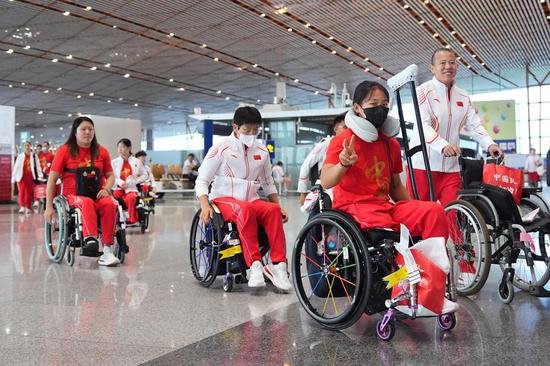
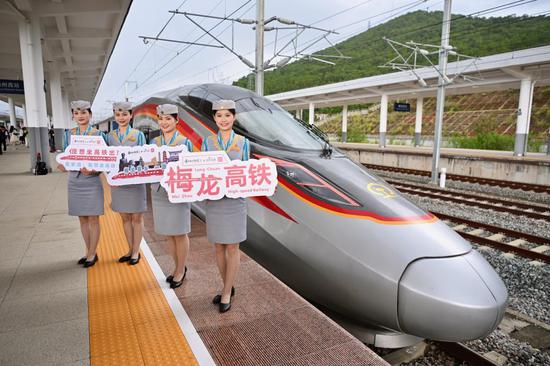
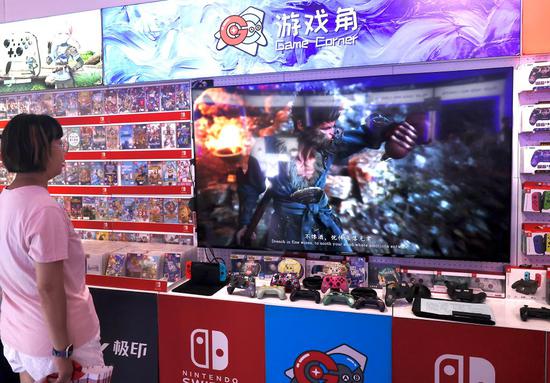



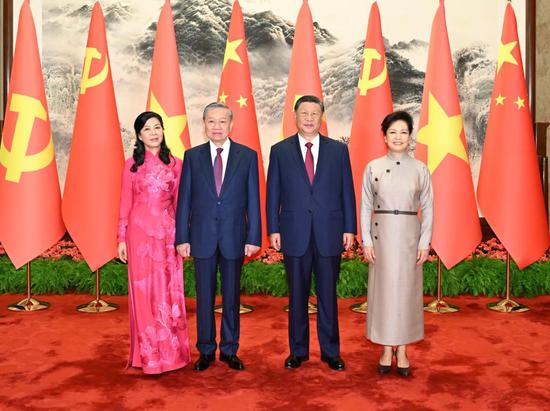
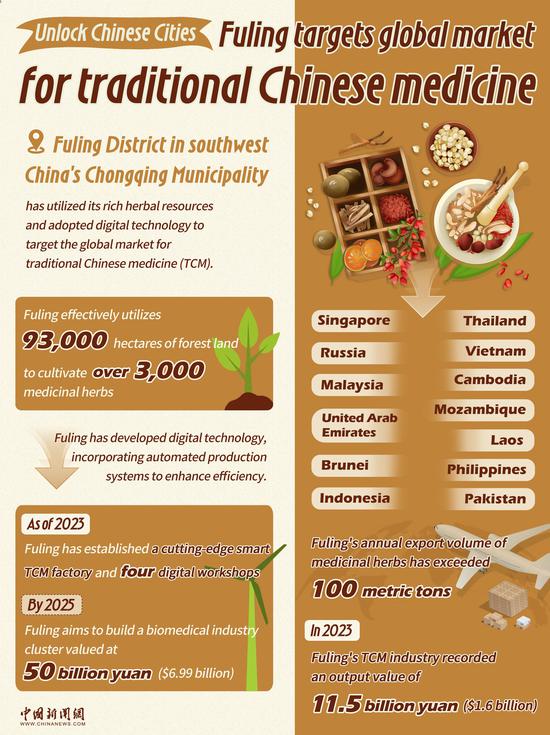
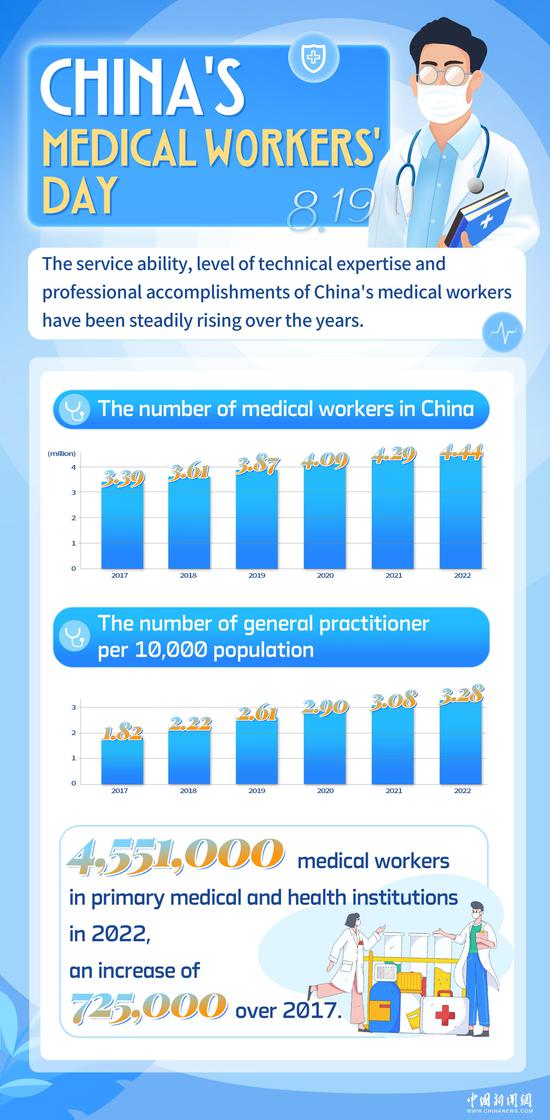
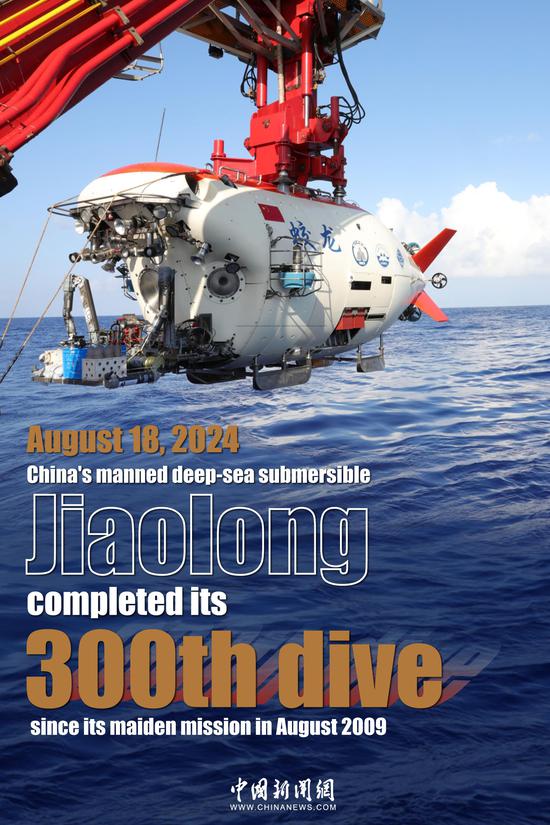





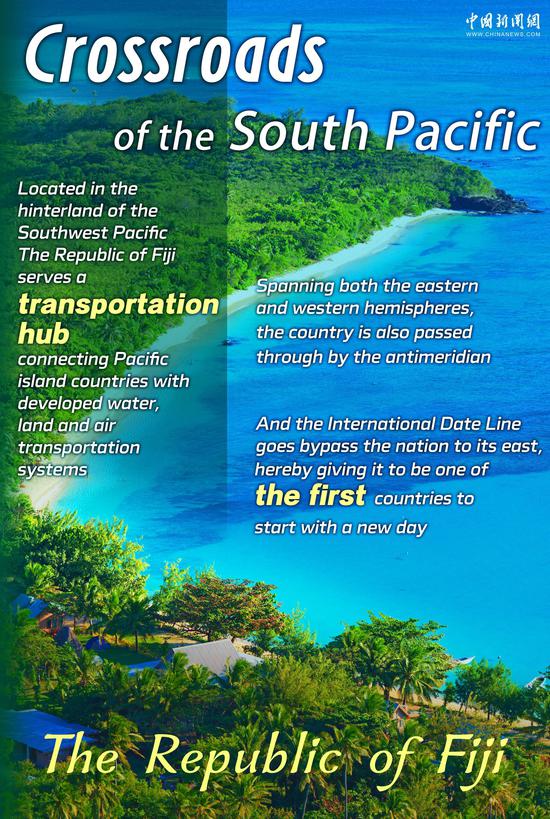

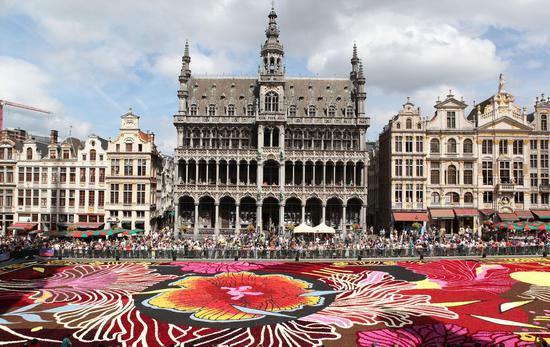
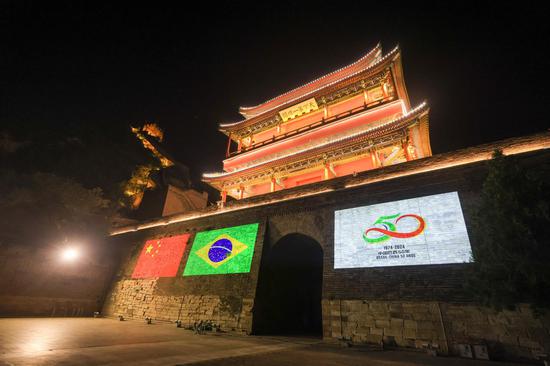
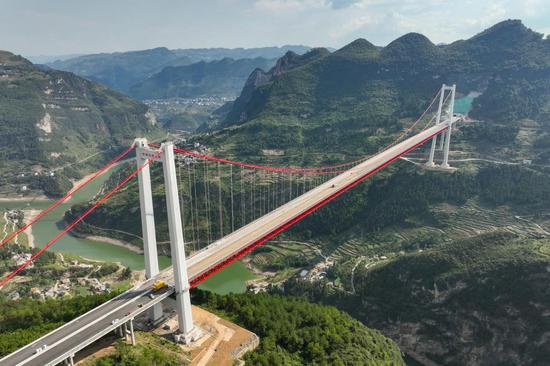


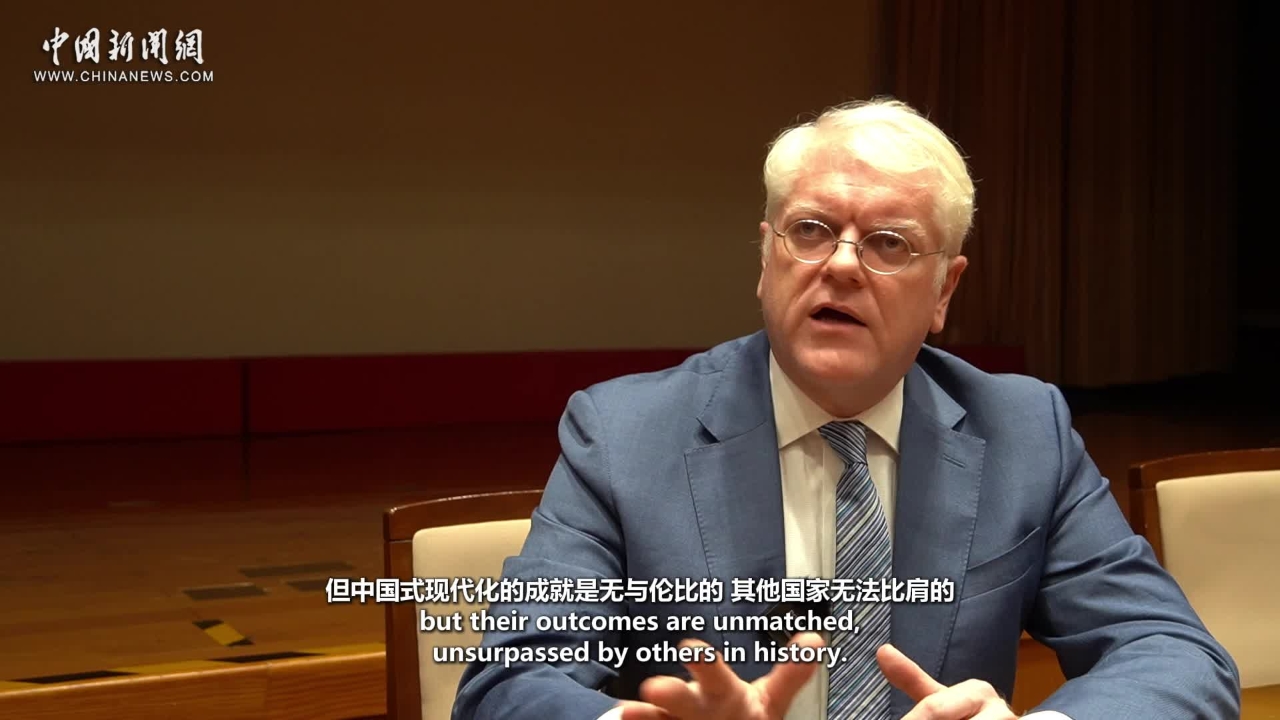



 京公网安备 11010202009201号
京公网安备 11010202009201号